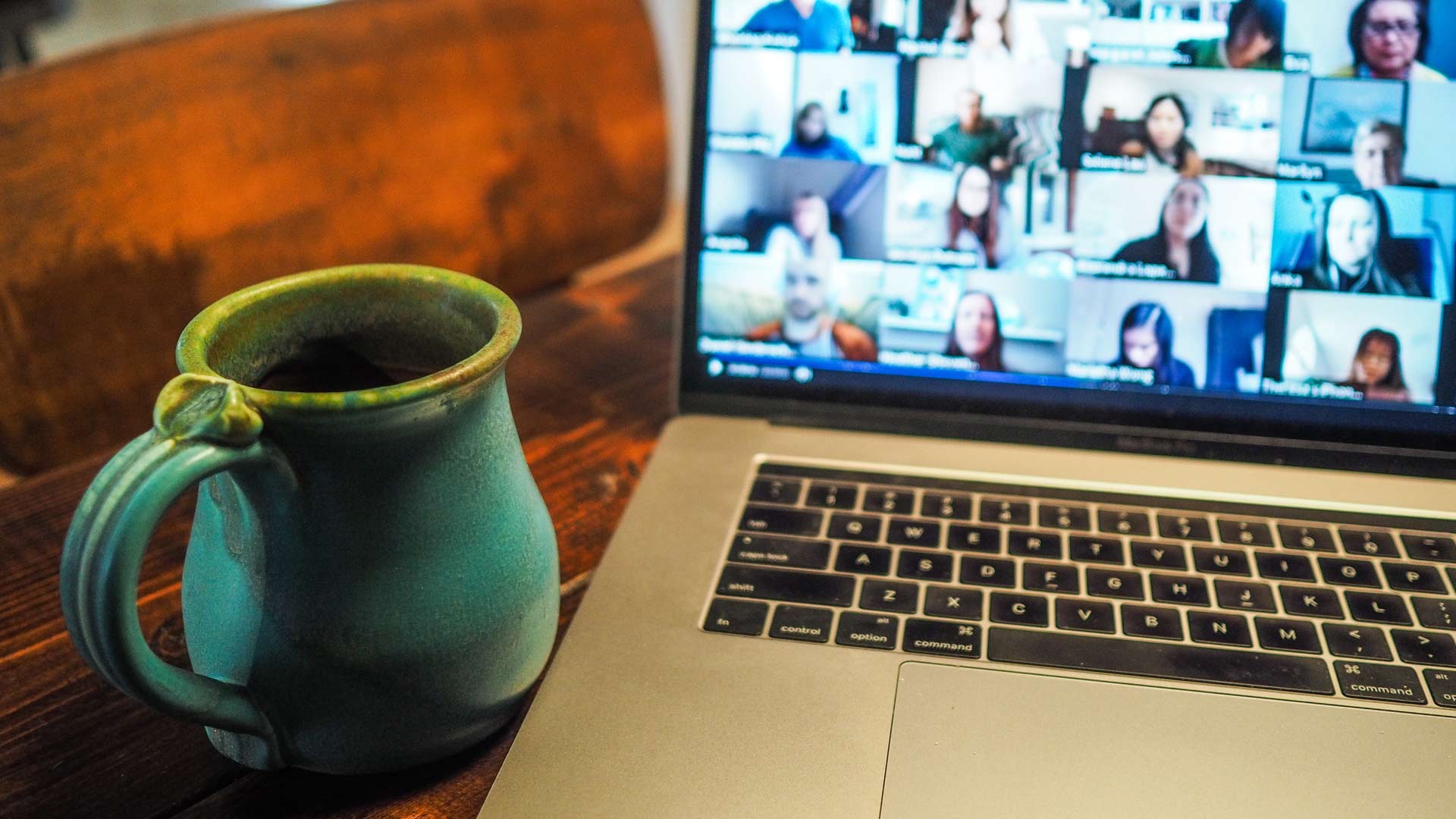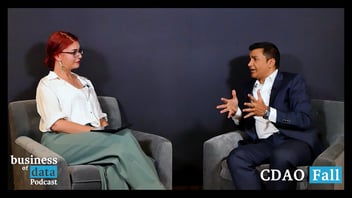Striking a Balance in the Future of Hybrid Work

Our panel of female data and analytics leaders discuss remote and hybrid working and what it means for their teams and the wider organizations they represent
Adapting to work from home has proven challenging for those who thrive in social settings and enjoy the buzz of a busy office atmosphere. For others, it has provided a level of convenience and flexibility to work that they may never have experienced before.
What Do We Miss About the Office, and What Can We Do Without?
UK-based telco Openreach’s Data and Analytics Director, Nirali Patel, says after six months in a new role, mostly working from home, she now occasionally gets back to the office for some collaborative work and to feel a sense of community.
“I’ve had a lot of conversations with [my team] about how they felt going from full-time work in an office to full-time at home. The most common thing is, the water-side chats, the tea and coffee conversations and the social aspect is what they've missed,” she says.
Patel adds that while the social aspect of returning to the office is a big draw, it doesn’t take long for the chores associated with commuting and being work-ready to rear their heads. Spending time getting suited up and factoring in time for travel flies in the face of the convenience of the home office.
“You can’t just say, ‘Oh I can spend two more minutes before I need to run downstairs to my office’,” she notes.
Finnair Data and Analytics Lead Minna Kärhä tells the panel that the beginning of lockdown was surprisingly easy for the Finnish airline's staff, with remote meeting adoption being taken up quickly and relatively painlessly. However, she adds, this was based on the mindset that the changes would only be in place for a month or two.
“Now that it has been the full year, actually over a year now, I see and hear that people are a bit tired of the situation,” Kärhä says.
“All of the kinds of dialogs that you don't really plan to do on your team or that you don’t send invitations to your colleagues for but which happen in a normal office," she continues. "They have now been impacted during this long period of time. People feel that they are missing out on information, they are missing out on how their colleagues are doing.
“With your own team it’s very natural that you have your own meetings and you talk to them and you are in contact. But for the other colleagues, it’s very valuable to have those dialogs and sparring sessions.”
Accommodating Hybrid Working
For welfare and healthcare organization MercyFirst’s Chief Data Officer, Besa Bauta, it's critical that the conversations around who should return to work and when consider those in the community they serve.
“There’s a group of staff that have to provide direct services to patients and then other ancillary staff who can do things online and remote. So, we moved to a third rotation where we had direct service providers, clinicians and others that would have to come in, but working a stretch where they were providing services and then being off for a few days,” Bauta explains.
While her organization is in the middle of conversations about when everyone will go back into work or if they’ll come back at half capacity, Bauta says organizations should temper their expectations and think of their customers and communities first.
“We really don't know how this pandemic is moving and what’s around the corner. I think it’s always better to be safe than sorry,” Bauta says. “Being more cognizant, planning things out and being more mindful as far as what we do, I think, is important.”
The panel also discusses how to ensure any staff who do not return to the office are still included in corporate life.
Patel recently held a team meeting to go over the infrastructure needed to support a hybrid workplace. She wanted to ensure the right video conferencing equipment was available in the office and that those present in meetings could be socially distanced while still facing the camera to engage those who were remote.
“One thing you have to be really conscious of is your whispering or your quiet talking on a table. That doesn’t work when you’ve got half your team not there with you. Always speak clearly and look at your camera,” she says. “It is a hard blend, and it’s going to need some training to get that right.”
While in agreement that we have been collectively handed a strong opportunity to transform the way we work, the panel agrees that some elements of office life can’t be replicated virtually. For example, while some staff may embrace a virtual lunch session, others will understandably prefer not to eat on camera.
More important is ensuring those who don’t participate in digital cocktail hours or virtualized team building exercises are still being engaged at a level that is meaningful to them.
“It’s about understanding your team and knowing who is interested in doing something that’s a bit social and who's not. If they’re not, then how do we engage with them on a 1:1 basis?” Patel says.
Key Findings
- The grass is always greener. Returning to office-based work is a trade-off of convenience for community
- Hybrid working requires planning. To ensure remote and in-office staff still have a seat at the same table
- Accommodate staff needs. Not everyone needs a virtualized social experience, but they may still need 1:1 contact



